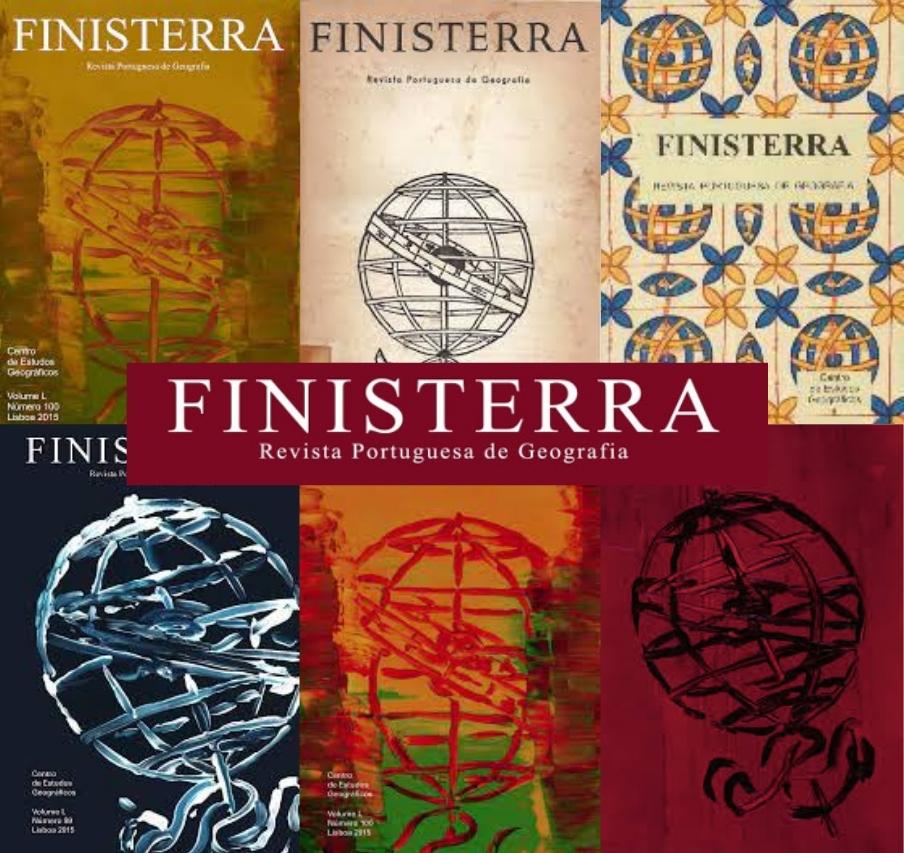Geodinâmica e perigosidade natural nas ilhas dos Açores
DOI:
https://doi.org/10.18055/Finis1494Abstract
The central islands of the Azores archipelago exhibit significant volcanic and seismic activity. The most important tectonic structure responsible for this activity seems to be the leaky transform Terceira Rift, a branch of the Azores triple junction separating the Eurasia and Africa plates. In historical time (since the XV century), the most frequent volcanic eruptions were of the hawaiian and strombolian types, but the level of explosivity has occasionally reached subplinian magnitude, as it happened in the Fogo (1563) and Furnas (1630) volcanoes (hydromagmatic eruptions in the calderas). As in other volcanic regions of the world, effusive volcanism is not particularly dangerous in the Azores islands; explosive activity, however, can be catastrophic (ignimbrites formed in some islands over the last millennia). Still, throughout historical time, earthquakes have been the most dangerous natural phenomena in the Azores, sometimes bringing about tragic consequences: in 1757, an earthquake struck the São Jorge island, killing one thousand people (20% of the total population). But the most catastrophic seismic event of all occurred in the island of São Miguel in 1522: an earthquake triggered an earthflow that submerged the capital (Vila Franca do Campo) and killed nearly all of its inhabitants (several thousands). Whether or not they are triggered by earthquakes, mass movements are most common along the coast of the islands: huge falls and rotational slides are attested for by the so-called fajãs, detrital platforms on the foot of cliffs that are several hundred meters high; in death-defying fashion, some of these platforms are actually inhabitated.Downloads
Downloads
How to Cite
Issue
Section
License
-
Authors are responsible for the opinions expressed in the texts submitted to Finisterra.
-
Authors retain copyright and grant the journal right of first publication with the work simultaneously licensed under a Creative Commons Attribution License that allows others to share the work with an acknowledgement of the work's authorship and initial publication in this journal.
-
Authors must commit to complying with the “Guidelines for article submission”, on the RCAAP platform.
-
Whenever a text may require amendments based on suggestions made by the Scientific Reviewers and/or the Executive Committee, authors must agree to accept these suggestions and implement the requested changes. If authors disagree with any of the amendments suggested, they will need to provide justifications for each individual case.
-
Reproduction of materials liable to copyright laws has been granted permission in advance.
-
Texts are original, unpublished and have not been submitted to other journals.
License URL CC Attribution-NonCommercial-NoDerivatives (BY-NC-ND)




_(2).jpg)

